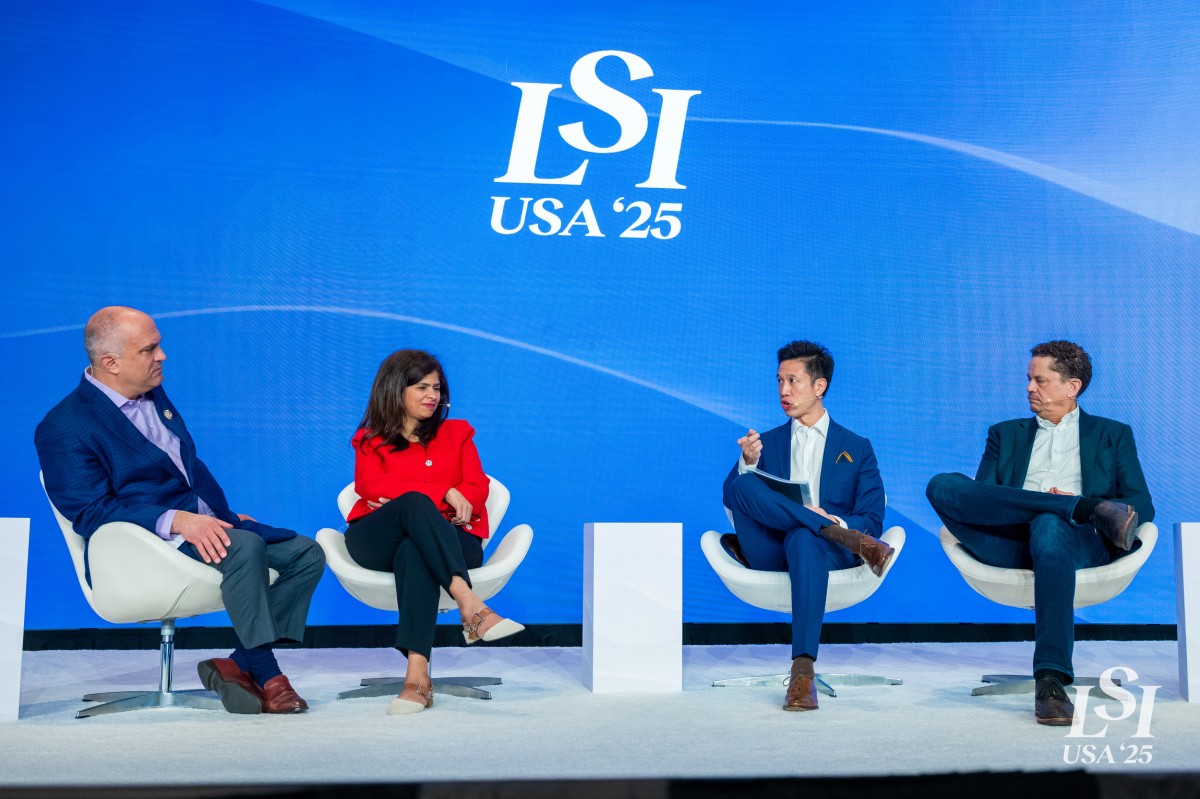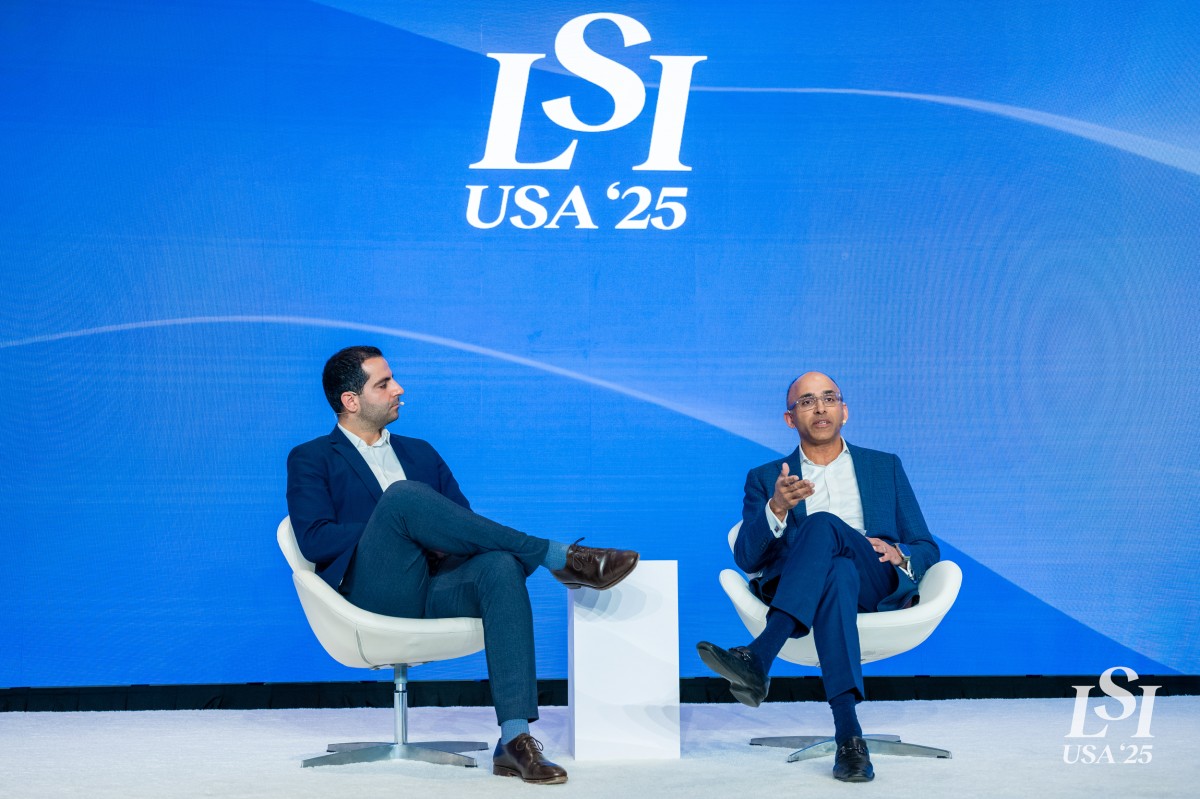
A panel at LSI USA ‘24 brought together leaders from the industry to discuss the intricacies of technology transfer from universities to commercial spin-outs. This panel, composed of experts with hands-on experience, offered valuable insights into the advantages and challenges of the lab-to-market process. Here are the key takeaways from the discussion.
Advantages of University Spin-Outs
Universities are often at the forefront of innovation, making them ideal breeding grounds for new technologies, especially in healthcare and medtech. The infrastructure and intellectual resources available at universities play a crucial role in the early stages of technology development.
Grace Katzschmann, COO of Nanoflex Robotics, emphasized, "Access to infrastructure and expertise have been the two biggest advantages. It might seem small, but it’s invaluable to have the bench tests that the PhD student has been developing for the last five years right there in your reach. You don’t have to try and replicate it."
Moreover, universities foster an intellectually stimulating environment that promotes cross-disciplinary partnerships. Jennifer Fried, CEO and co-founder of Flow Medical, shared, "Universities are a great breeding ground for new companies, especially in healthcare and the life sciences. They create programs to connect physicians, scientists, and researchers with business school students to innovate upon actual research or patient care."
Challenges and Strategies for Commercialization
Transitioning from a university project to a commercially viable product involves significant hurdles. This process requires balancing technical development with market readiness.
Greg Fischer, CEO and founder of AiM Medical Robotics, explained, "There are certain things that engineering schools and universities are great at, and there are certain things that companies are great at. It’s essential to have that mix. While the university can be great for solving technical challenges, the company can take the device to the next level and make it clinically viable."
From Lab to Market: Timing the Spin-Out
Identifying the right time to spin out a technology from a university is critical. This involves understanding the market need and pinpointing the correct application for the technology.
Grace Katzschmann noted, "Identifying that correct application was crucial for us being able to go forward and to have a focused plan." She highlighted the importance of engaging with clinicians and reimbursement experts to ensure the technology meets a genuine market need.
In addition, reaching significant clinical and development milestones and having a full-time CEO can be pivotal. Jennifer Fried stated, "VCs generally like to see a full-time CEO at the helm of the business, not somebody working on a company 20% of the time. They need to know who’s running it."
Building the Right Team
A successful spin-out requires a team with complementary skills. Founders must recognize their strengths and weaknesses and bring in the necessary expertise to fill gaps.
Jennifer Fried reflected on her experience: “As a founding team, it’s all about saying, ‘Okay, where are our gaps?’ and being self-aware enough to say we know what those gaps are. From there, we focus on bringing in the best and brightest executives to complement our team."
Greg Fischer added, "Some faculty-led startups may have trouble where they think they know everything. You just need to be able to build the right team. Be humble and realize there are a lot of people who are experts in this, and bring together that all-star team so that you can take it to that next level."
Structuring License Agreements
Successful licensing agreements with universities should support the company’s growth without imposing high upfront costs. Flexibility and support from universities are vital.
Greg Fischer shared his experience, "For us, one of the things that was really important was making sure that they truly want to see the company succeed and structure the licenses in a way that’s going to make the company grow. You don’t want a license agreement that will essentially kill the company with fees upfront."
Grace Katzschmann emphasized the importance of securing exclusive global rights, stating, "Make sure you get an exclusive global rate to use."
Navigating Tech Transfer Offices
Understanding the processes of tech transfer offices can streamline the commercialization process. Effective communication and knowing what to prioritize in negotiations are critical.
Greg Fischer advised, "It’s important to really know what you want going into this, and you can help lead it. In fact, you may have more control with some of the smaller universities because they’re willing to be more flexible."
Andrew Bochner, managing partner of Bochner PLLC, highlighted the importance of direct communication, saying, "Get on the phone, don’t email. Just talk through the issues and understand why they’re digging in instead of just seeing them dig in on a term."
The full recording of the panel can be found in LSI’s resource hub at the link below:
These insights stress the importance of strategic planning and collaboration in successfully navigating the lab-to-market process. By understanding the advantages, challenges, and best practices, medical device investors and entrepreneurs can better navigate this complex landscape and drive technological advancements in healthcare.
To hear more insights like this, join over 1,500 executives at LSI USA ‘25 at the Waldorf Astoria | Monarch Beach Resort in Dana Point, California on March 17th to 21st, 2025.
-Joe-Mullings,-Andrew-ElBardissi,-Ramin-Mousavi,-Addie-Harris,-and-Josh-Makower.png)






